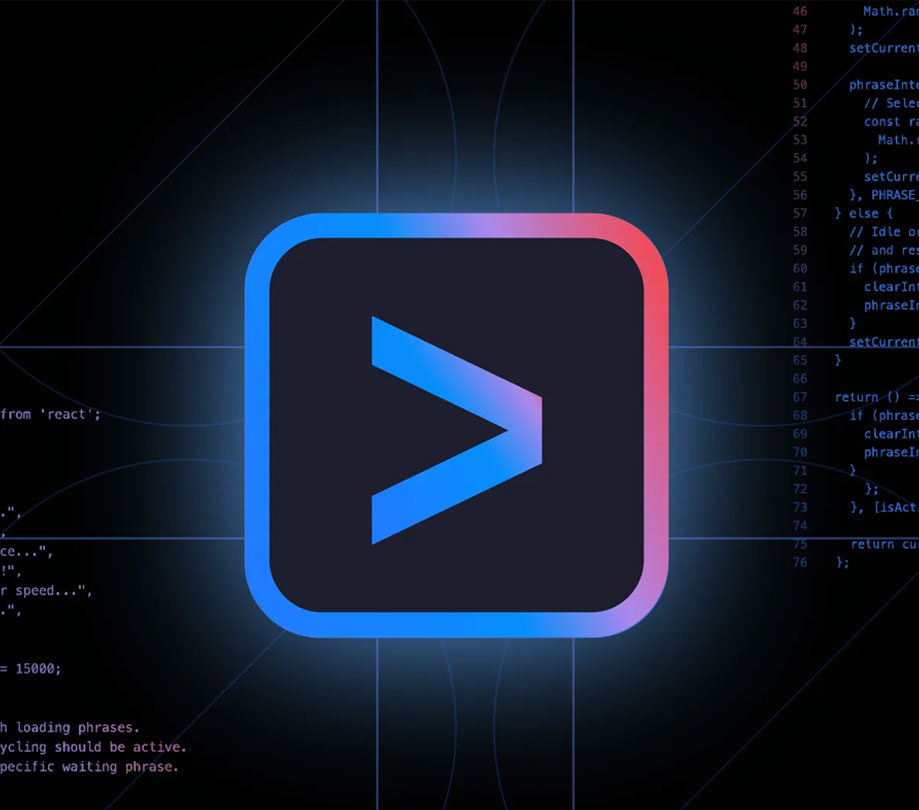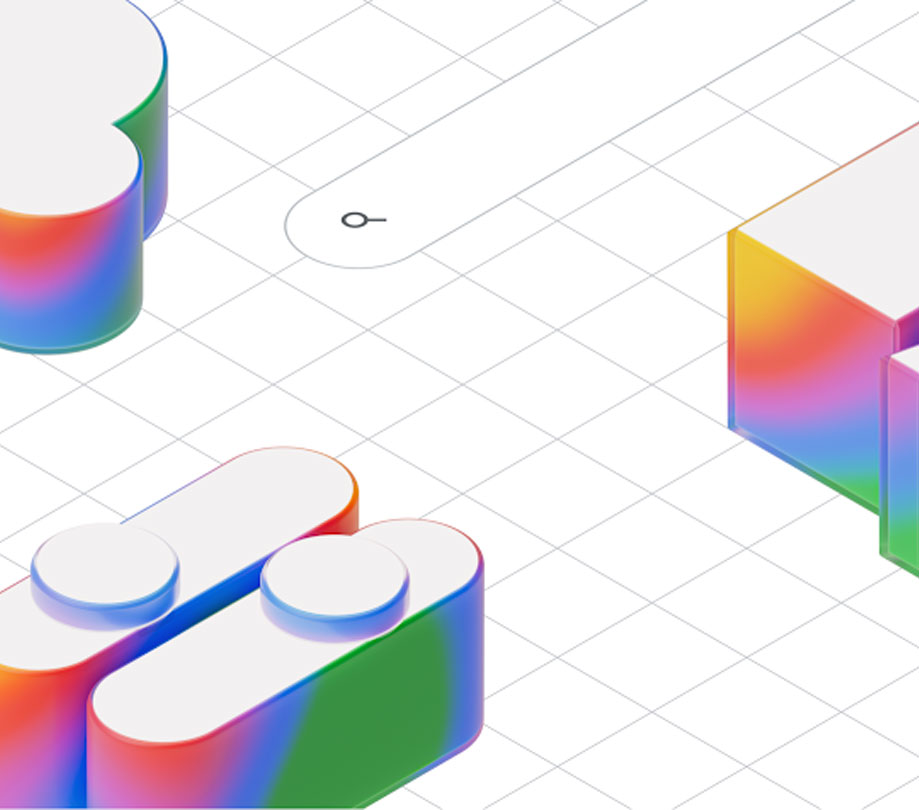Cloud Services
Private cloud adoption to increase in 2024 says SoftIron
Wednesday, December 13, 2023

|
Richard Harris |

Andrew Moloney and leaders from SoftIron shared their top 10 predictions for IT in 2024 and beyond. Some of them included the shortage in IT skills, the death of "Hyper-Converged", VMWare accelerating the adoption of cloud infrastructure, a resurgence in interest in innovation in hardware, and more.
Andrew Moloney, Chief Strategy Officer at SoftIron pulled together the leadership team with decades of combined expertise to debate the evolution of IT in the year to come and beyond. Here are SoftIron's top predictions:
1. Cloud strategy moves from "fashionable to rational"
Moving from an era when proposing a full-scale migration to the public cloud was a surefire way to promotion, the current maturation of the market, economic conditions, shifting performance requirements, and a dramatic simplification in building private cloud-native infrastructure, will see a much more rational approach. Underpinning this will be a broader understanding of the difference between cloud "the model" and cloud the "place", where how applications are built is decoupled from where they operate.

2. Geopolitical instability continues
We see little to suggest that 2024 will be any less turbulent in terms of geopolitics than we have seen this year. Indeed, this is one that will likely play out over a number of years around the world. With regard to its impact on IT, we expect that we will see this accelerate plans by nation-states to boost their own sovereign resilience.
This, we predict will be in three main areas:
- Accelerated investment in the build-out of true sovereign clouds, both in terms of infrastructure and domestic IT skills
- Accelerated investment in the deployment of "tactical edge" capability
- Great investment in protections from state-sponsored attacks on critical infrastructure
3. A sovereign cloud shake out
We predict that many of the "pseudo" sovereign cloud projects - those that rely on obfuscated infrastructure and/or local third parties to operate them to provide a veneer of sovereignty, will not gain traction. AWS, late to the party to offer such a service and having recently launched their European Sovereign Cloud may well be delivering too little, too late. Instead, those that offer true sovereign resilience - enabling nation-states to build, operate, inspect, and audit their own infrastructure on their own terms and turf, will become the preferred option.
4. VMware acquisition accelerates the adoption of cloud-native infrastructure
Forced into seeking credible alternatives to using VMware to provide virtualized infrastructure in on-prem. data centers, existing VMware customers will take the opportunity to revisit their cloud strategy, making the rational decision to shift to a fully cloud-native infrastructure - one able to consolidate and simplify existing virtualized on-prem. workloads within an infrastructure able to deliver true private cloud going forward will grasp that opportunity. Finally, they will be able to deliver what VMware and Nutanix have promised for years but have never quite been able to deliver.

5. Public Cloud market fragments and the battleground shifts
After a period of stability in the market shares of the big three, we predict we’ll see competition start to heat up as the hyperscalers are forced to battle on multiple fronts;
- An increased focus by customers on the real value of the service they are getting
- Increased consideration of whether workloads should migrate to the public cloud at all
- A fragmentation of the market with the growth of specialist CSP, with targeted propositions around verticals, apps, and/or sovereignty and security
- New entrants to the cloud market (e.g. NVidia) using the explosion in AI to drive new behaviors.
6. A renaissance for Private Cloud
Partially related to our VMWare prediction, and the availability of cloud-native infrastructure that changes the economics of private cloud, the evolution of a more rational cloud strategy will see Cloud Centers of Excellence (CCoEs) and FinOps professionals grasp the opportunity to get an apples-to-apples comparison across not just public clouds, but now between public and private cloud. New open standards released in 2024, such as FOCUS will help to enable this.
At the same time, shifts to distributed cloud architectures, enabling workloads to move from the edge to the core and back will elevate the need to make private clouds more than just basic virtualized infrastructure.
7. The death of "Hyper-Converged"
Already effectively abandoned by its greatest exponent, Nutanix, the independent and elastic scaling limitations inherent in these architectures, plus their failures to fully deliver on a fully cloud-native environment without significant integrations and third parties will see hyperconvergence relegated from the data center to smaller, departmental type solutions only.

8. IT skills shortage worsens, demanding a fundamental rethink of how IT is built
We predict a backlash against over-complexity in the fundamental ways IT is built. Customers challenged by a skills crisis and budgets under pressure will seek out simpler, more innovative ways of solving IT’s infrastructure challenges. This will compound the issues for VMWare as a major contributor to that complexity. While AI, we predict, will have an impact in the longer term in helping streamline the efficiency of how IT is built and run, in the short to medium term a shift to cloud-native infrastructure can address many of these issues today.
9. Software-defined fades, hardware, and hard tech get sexy again
Fuelled by the hype around AI and the investments being made in the processing power to support it, we predict we’ll see a resurgence in interest in innovation right in hardware, and the hard tech required to support that. A new generation of start-ups will disrupt the inertia in innovation in IT infrastructure design of the last couple of decades.
10. Consumption-based purchasing models are exposed for the "complexity tax" that they are
Large providers of consumption-based on-prem. infrastructure (such as HPE GreenLake and Dell APEX) struggle to deliver quickly on the promised roadmaps that would make the delivery of such services seamless, painless, and highly profitable. Customers start to question why they are effectively paying a complexity tax that pays for the engineers needed to manually support the lack of integration in their own products.

Become a subscriber of App Developer Magazine for just $5.99 a month and take advantage of all these perks.
MEMBERS GET ACCESS TO
- - Exclusive content from leaders in the industry
- - Q&A articles from industry leaders
- - Tips and tricks from the most successful developers weekly
- - Monthly issues, including all 90+ back-issues since 2012
- - Event discounts and early-bird signups
- - Gain insight from top achievers in the app store
- - Learn what tools to use, what SDK's to use, and more
Subscribe here










